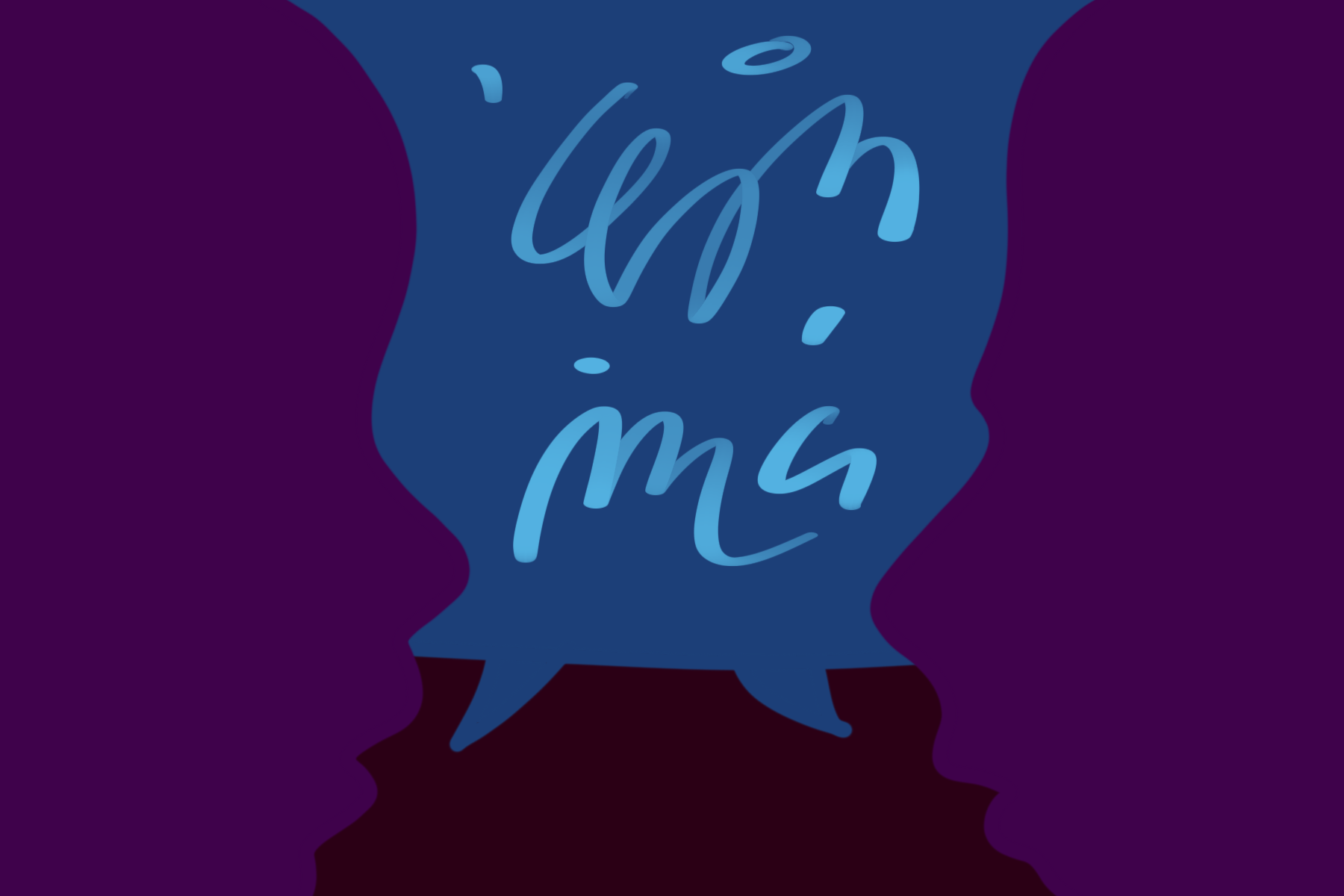Participatory Design is an inclusive design process in which a diverse team of stakeholders co-designs and iterates creative solutions to a problem. This team could be composed of designers, users of what’s being designed, those directly impacted by a social challenge, or other people with a stake in the process.
Participatory Design means people working creatively together to solve problems. The discipline of participatory design is fun and helps build a number of capabilities and skills in participants, such as the use of the imagination, creativity, design and prototyping, and the ability to learn from and collaborate with those we disagree with.
But Participatory Design also means designing in community. For this reason it requires skills in listening and community engagement, and helps build an attitude of humility and service. It means being willing to let go of “your idea” in favor of “the best idea”.
In Participatory Design, we create together, and the best idea wins.
When we apply this inclusive principle to the re-design of our institutions, social relationships and systems of governance, we find ourselves in a creative, revolutionary moment, and amazing things can happen by—and for—community!







